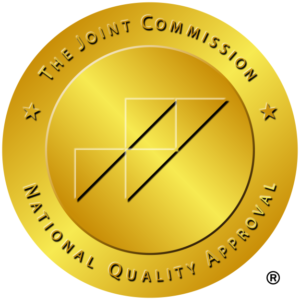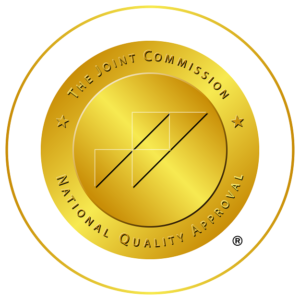How to Deal with Toxic Employees at Workplace
It’s likely that not all of the hundreds of employees you’ll hire in your career will be traditional tow-the-line angels or perfect operatives. You will hire and encounter what has become known as the toxic employee at some stage. However, not all of the problematic workers are toxic. There’s a distinction to be made between challenging and toxic. Difficult employees can be rude, lazy, tardy, and more; they’re always a pain, but a toxic employee harms their coworkers or the company.
When it comes to dealing with toxic workers, there are a few resources you can use to figure out why they act the way they do and what you can do next to try to smooth out the kinks.
Investigate the source of the toxic behavior and how it began
If you can understand why your most troublesome employees act the way they do, you’ll have a much better chance of quickly identifying the source of the problem. You don’t have to be a counselor to figure out what’s going on with them, so if you can figure out what’s causing their bad behavior, you can refer them to someone who can help.
A simple quiet talk or more open discussion during an appraisal may expose issues in their personal lives, work relationships, job or task grievances, or any other causes.
Set limits and goals, as well as the implications
Even if your role is superior to theirs, they can attempt to rise above your views and decisions as you learn to manage toxic employees. At this point, you can make sure they know who’s in charge and what will happen if there’s any more disruption or dispute. You should tell them what is and isn’t appropriate. They may need some time and practice to transition from what they thought was appropriate to a new way of acting.
Maintain your assertiveness and make use of a support network
It’s quick to become mentally and physically exhausted when working with toxic employees because they usually have a positive attitude and character. The first step in retaining some of your mental and physical resources is to maintain the upper hand, and the second is to have the right help in place for when you need it.
It’s possible that all you need is a good listener to help you unload your worries. Otherwise, having a knowledgeable partner serve as a sounding board can be beneficial. Make sure you have all of the right tools to handle yourself and your teams, whether it’s anyone from your HR department or an outside professional.
Give direct feedback
When it comes to toxic employees, feedback can be crucial. Many people don’t know they’re causing too many problems because they’re so focused on what’s going on in their own little universe.
Clear, accessible, frank, but calm, and kind feedback could help them see something they didn’t see before. If you are aware of their actions, you can use it as a starting point for establishing boundaries and consequences, as discussed in the following section.
Make a thorough record of the procedure
From the first signs of misbehavior through their subsequent crimes, keeping a comprehensive record of the toxic employee’s activities and acts is critical. If the time comes to fire them, you’ll need to follow company protocol and have all the necessary evidence on hand.
Conclusion
Despite the loss of a highly efficient employee, avoiding hazardous jobs is much safer for the company in terms of net profitability.














